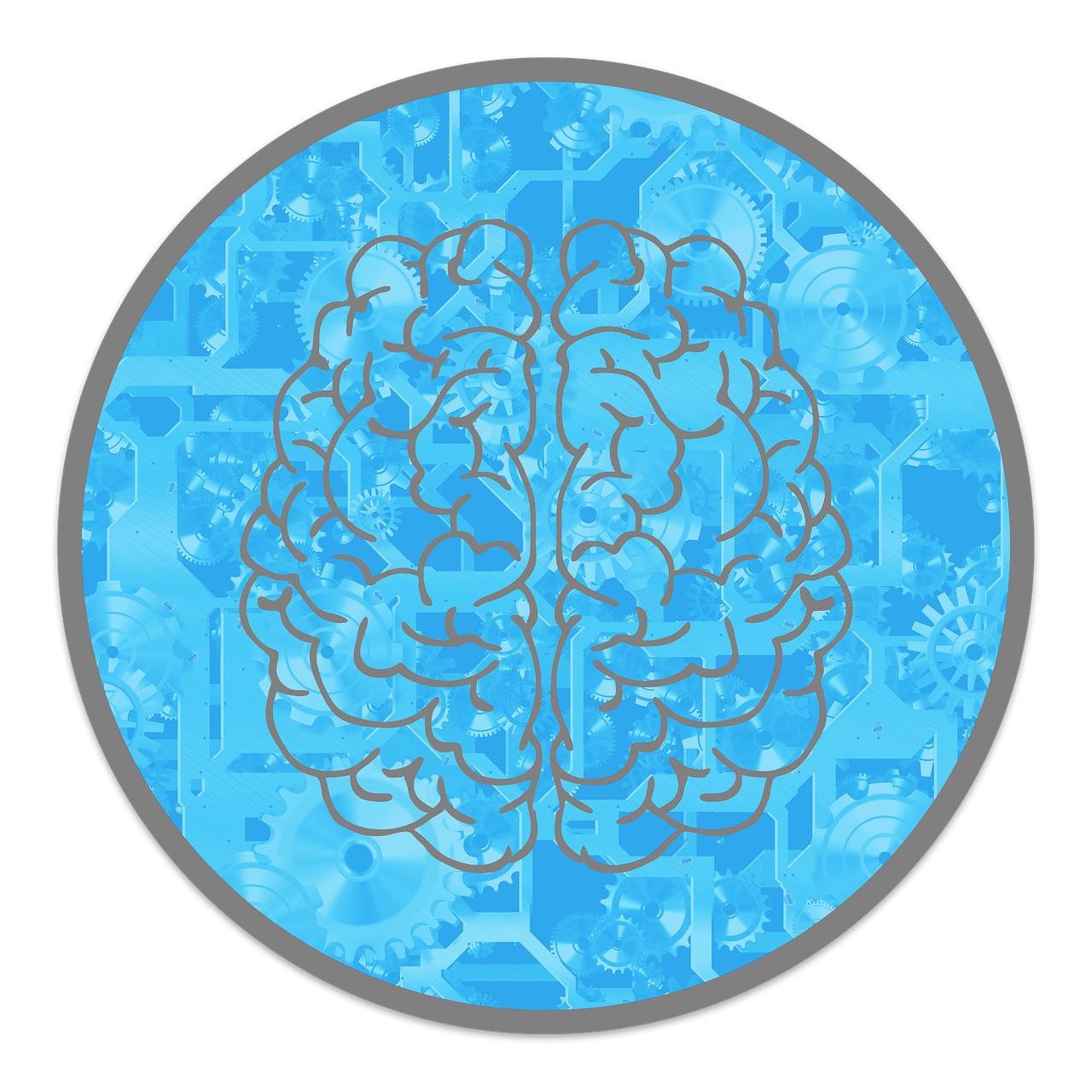
Emotions are universal.
Joy, anger, sadness, and fear are felt by people worldwide, but how we express these emotions varies dramatically across cultures.
From animated facial expressions in Italy to subdued reactions in Japan, these differences shape social interactions, mental health outcomes, and even global business practices.
In this article, we explore the science behind why emotional expression varies around the world, backed by cutting-edge research and statistics.
Cultural Frameworks: Individualism vs. Collectivism
One of the most significant factors influencing emotional expression is whether a culture prioritizes individualism (personal goals) or collectivism (group harmony).
Individualistic Cultures (e.g., the U.S., Canada, Western Europe)
People are encouraged to express their feelings openly as a sign of being true to oneself.
For instance, research shows that 83% of Americans and Australians consider it socially acceptable to display positive emotions, such as joy or excitement, which creates an environment where self-expression is welcomed .
Collectivist Cultures (e.g., Japan, China, South Korea)
Here, keeping emotions in check is more important to maintain social harmony.
In Japan, for example, facial expressions are often subtle and less intense because overt displays could disrupt group cohesion .
Furthermore, research indicates that about 70% of Chinese participants choose to suppress their emotions to avoid conflict, while only around 30% of U.S. participants do the same .
Stat Spotlight:
- 70% of variance in emotional expression is due to individual differences, while only 11% stems from cultural factors. (Source: simplypsychology)
- Horizontal individualism (valuing uniqueness without hierarchy) is linked to adaptive emotion regulation strategies like reappraisal. (Source: springer)

The Role of Display Rules and Social Norms
Every culture has unspoken “display rules” dictating which emotions are appropriate to express, when, and how.
These rules are shaped by centuries of social, religious, and historical influences.
High-context vs low-context communication
Cultures communicate emotions in different ways.
High-context cultures
High-context cultures (e.g., Japan) rely on subtle cues rather than direct expressions.
A 2024 study of over 45,000 facial reactions found that Japanese participants used fewer exaggerated expressions but still experienced emotions just as intensely as Westerners.
Low-context cultures
Low-context cultures (e.g., the U.S.) use more direct verbal and nonverbal communication.
Smiling, frowning, or openly stating emotions is encouraged.
Expressing emotions clearly helps people understand each other without relying on hidden meanings.
Positive vs balanced emotional norms
Different cultures value different types of emotions.
Western cultures
Western cultures (e.g., the U.S. and Canada) emphasize high-energy positive emotions like excitement and enthusiasm.
People often associate happiness with being expressive and outwardly joyful.
East Asian cultures
East Asian cultures (e.g., China and Japan) value more balanced emotions, favoring calmness and contentment over excitement.
A study found that 65% of European Canadians linked positive emotions to greater life satisfaction, compared to only 42% of East Asian Canadians, who preferred emotional balance over extremes.
Stat spotlight:
- Facial expressions predict 12 distinct emotional dimensions across cultures, suggesting universal roots.
- A 2018 study of 22 emotions across five cultures identified core expressive patterns but noted variations in intensity and context. (Source: pubmed)

Neuroscience: How Culture Shapes Emotional Experience
Culture doesn’t just affect how people express emotions—it also changes how emotions are processed in the brain.
Neuroscience research shows that cultural norms influence the way we feel emotions, not just how we show them.
Brain Activity Differences
Studies using fMRI scans reveal that people from expressive cultures (like the U.S. and Canada) show stronger activity in the visceral-somatosensory cortex, the brain region that maps bodily sensations.
This means they may physically feel emotions more intensely—joy might create a rush of energy, while sadness could feel like a heavy weight.
In contrast, people from more reserved cultures tend to have less intense brain-body emotional connections, likely because they’re trained to regulate emotions from an early age.
The impact of emotional suppression
In collectivist cultures (like China and Japan), people often suppress emotions to maintain social harmony.
While this reduces conflicts, it can also increase internal stress.
A study found that Chinese participants suppressed 40% of their negative emotions in public but reported having smoother social relationships as a result.
Stat spotlight:
- Expressive suppression accounts for 23% of mental health disparities between individualistic and collectivist cultures.
- 78% of Japanese participants in a 2024 study reported valuing emotional restraint as a sign of maturity.
Implications for Mental Health and Global Interactions
Understanding cultural differences in emotional expression is critical for mental health professionals, educators, and businesses.
Mental health
In Western, individualistic cultures, openly expressing emotions is often linked to better mental well-being.
For example, studies show that 68% of Westerners who practice cognitive reappraisal (reframing negative emotions) experience lower anxiety levels.
In contrast, people in collectivist cultures, where emotional restraint is encouraged, may suppress feelings, which can increase internal stress.
Global business and diplomacy
Misunderstanding emotional cues can cause serious communication gaps in international settings.
A 2024 study found that 55% of Americans misread Japanese colleagues’ reserved expressions as a lack of interest.
In reality, subtle emotions are a key part of Japanese communication.
This highlights why cross-cultural training is essential for global businesses and diplomacy.

The Future of Emotional Expression in a Globalized World
As the world becomes more connected, emotional expression is evolving.
Cultural differences in how people show emotions are blending, creating new communication styles.
For example, younger generations in Japan are becoming more expressive, influenced by global media and social platforms.
At the same time, AI is being developed to better understand cultural differences in emotions.
Companies like Hume AI are training models to recognize 21 different emotional dimensions, ensuring that technology can interpret facial expressions more accurately across cultures.
Practical Tips for Navigating Cross-Cultural Emotional Differences
Understanding how different cultures express emotions can help you communicate more effectively.
Here are some simple ways to adapt:
Pay attention to local customs
In cultures that value group harmony (like Japan or China), people may express emotions more subtly.
Observe before reacting, and prioritize listening over speaking.
Use technology to your advantage
AI tools, like Google’s Deep Neural Networks, can help interpret subtle facial expressions, making it easier to understand unspoken emotions in global interactions.
Promote cultural awareness
In workplaces or international settings, cultural sensitivity training can reduce misunderstandings and improve teamwork.
Encouraging open discussions about emotional norms can help build stronger connections.

Conclusion
Emotional expression is a tapestry woven from biological universals and cultural threads.
While humans share 21 core emotional dimensions 1, how we display them—whether exuberantly or quietly—reflects deeply ingrained societal values.
By embracing these differences, we foster empathy, improve mental health outcomes, and build stronger global connections.


